The epic three-way F1 title tussle at the Mexico Grand Prix … in 1964

In an extract from his new book, our Formula One correspondent tells how a race featuring Graham Hill, John Surtees and Jim Clark chimes with this year’s title fightFormula One entered the 1964 season finale at the Autódromo Hermanos Rodríguez in Mexico City with a first for the championship: three drivers representing three teams were still in the fight for the title and what a lineup they presented.Graham Hill for BRM, John Surtees for Ferrari and Jim Clark at Lotus were all in contention in one of the great deciders that, by its close, established a motor racing milestone that decades later remains unmatched.The season had opened by defining what was expected to become the championship battle.Clark, the defending champion, and Lotus looking defiant if not quite as dominant as in 1963, fighting off the BRM of Hill and the Brabham of Dan Gurney.Clark had won three of the opening five races, while Hill and Gurney had won in Monaco and France.
Surtees, however, had struggled as Ferrari had focused on its battle with Ford at Le Mans.By the time the championship reached Mexico, Surtees had not led the championship, but after beating Ford at the Vingt-Quatre, Ferrari weighed in properly to their F1 tilt and having taken two wins in Germany and Monza, the British driver was still in the game.Surtees was the son of motorbike dealer and three-time British motorcycle sidecar champion, Jack, who had encouraged the boy to follow in his footsteps.“I was around 11 or 12 years of age when my father said to me: ‘Lad, there’s a box of tools there and a box of parts over there, put it together and you can have it’,” he said.Bike assembled he went on to prove himself an absolute natural, taking four 500cc and three 350cc motorcycle world championships for Count Domenico Agusta’s MV Agusta team between 1956 and 1960.
He turned his hand to cars in 1960 and, showing no little touch, by 1963 Enzo Ferrari, a great admirer of motorcyclists, brought him to F1 operation at Maranello where his attitude and skill immediately endeared him to the team and the fans.Ferrari affectionately called him “Giovanni”, while the team, with whom he forged an enormously strong relationship between 1963 and 1965, and the tifosi hailed him as “Il grande John”.A year later Enzo’s faith and eye for a quick driver once more proved astute as the season entered its climax.Hill led from Surtees by five points with Clark, who had endured four retirements in the second half of the season, nine behind.The permutations for the potential victor were complex, but Clark had to win to have a shot at the title, while Surtees needed to finish at very least in front of Hill and Jimmy.
Were it not notable enough, the race was also distinct in being the second, and last, time Ferrari did not run in the traditional rosso corsa scarlet,Instead, they used the blue and white colours of the North America Racing Team, a privateer outfit that ran Ferraris in the US,Enzo had been incensed at the Italian racing federation’s refusal to homologate his latest sports car and had vowed never again to run in red – Italy’s racing colour,He later relented, but at Mexico and the previous round at Watkins Glen, the scarlet was gone,Ferrari was making a point, but he knew what really mattered, as always, was on track.
Clark had taken pole with Surtees in fourth and Hill in sixth, but with 65 laps still to come on the original version of the circuit with its fearsomely quick 180-degree banked final corner, Peraltada, there was everything to play for.Clark knew what he had to do, take the win and hope that behind him his rivals fell away and he duly leapt into the lead as the drama began apace.Hill’s goggles strap had broken just before the off and he was trying to get them on again even as the field began moving past.By the end of the first lap he was 10th, while Surtees’s engine had failed to fire and he dropped to 13th.Everything Clark needed had, it seemed, fallen his way.
He duly opened a lead while Hill and Surtees began moving their way back through the field,By lap 12 Hill, on a charge, had made it past Surtees’s Ferrari teammate, Lorenzo Bandini, to take third behind Clark and Gurney, with Surtees following shortly behind them up to fourth,Bandini, however, was in no mood to roll over and he stayed with Hill as the cars circuited at relentless pace,At the midpoint Bandini pushed hard at Hill, the pair coming enormously close such that at the hairpin Hill was moved to shake his fist at the Italian,The team radio, had it existed, would have doubtless been lively.
The gesture only seemed to fire up Bandini and on lap 31 once more they came together at the hairpin, neither driver willing to give quarter and the Italian hit Hill’s BRM.Both cars spun, Hill into the barrier bending two exhaust pipes such that he had to immediately pit to have them forcibly broken off.A process that was painfully time-consuming, while Bandini recovered to continue on, albeit now third behind Surtees.With Hill needing at least third to a Clark win, the latter now really held the whip hand in front of Gurney, Surtees and Bandini.Bandini, with the quicker 12-cylinder Ferrari, came back at Surtees to take back third but as the laps ticked down it appeared to be moot.
Even as they lapped with frenetic intent, Clark maintained his iron grip on the front.Fate had not quite done with the 1964 decider.In the final laps, Clark noticed oil on the track at the hairpin and went wide to avoid it.The next circuit he spotted the oil was on the line he had just taken and with it came the heartbreaking realisation that it was his car that was leaking.The question now was how long it could last.
Before the advent of team radio only Clark knew what had befallen him and he pressed on in the hope he might make it, until the start of the final lap when he threw up his hands to indicate to the team he had a problem and as the decisive circuit began, the title hung in the balance.It was too late for Clark, his car slowed, Gurney took the lead and Bandini moved over to allow Surtees to claim second, enough for the title as Clark’s car ground to a halt on that final lap.When Gurney claimed the win it was to more of an anticipatory murmur rather than the celebration that was released when Surtees followed him to take the flag and the title.It had been an unlikely and dramatic end to a championship that had made history with Surtees becoming the first racer to have won the world championship in F1 on four wheels and in motorbikes on two.He remains the only driver to have done so, an achievement that is highly unlikely ever to be matched.
For Surtees it remained just another moment in what was a lifelong labour of love.“It was only after the race, when I saw the beaming faces of my team, that it struck me, a sense of what I had done,” he later recalled.“Yes, looking back, it’s satisfying, but the most important thing, the most important part of my racing, was simply that I loved what I was doing.”Formula 1: The Greatest Races by Giles Richards (Headline Publishing Group, £35).To support the Guardian, order your copy at guardianbookshop.
com,Delivery charges may apply,
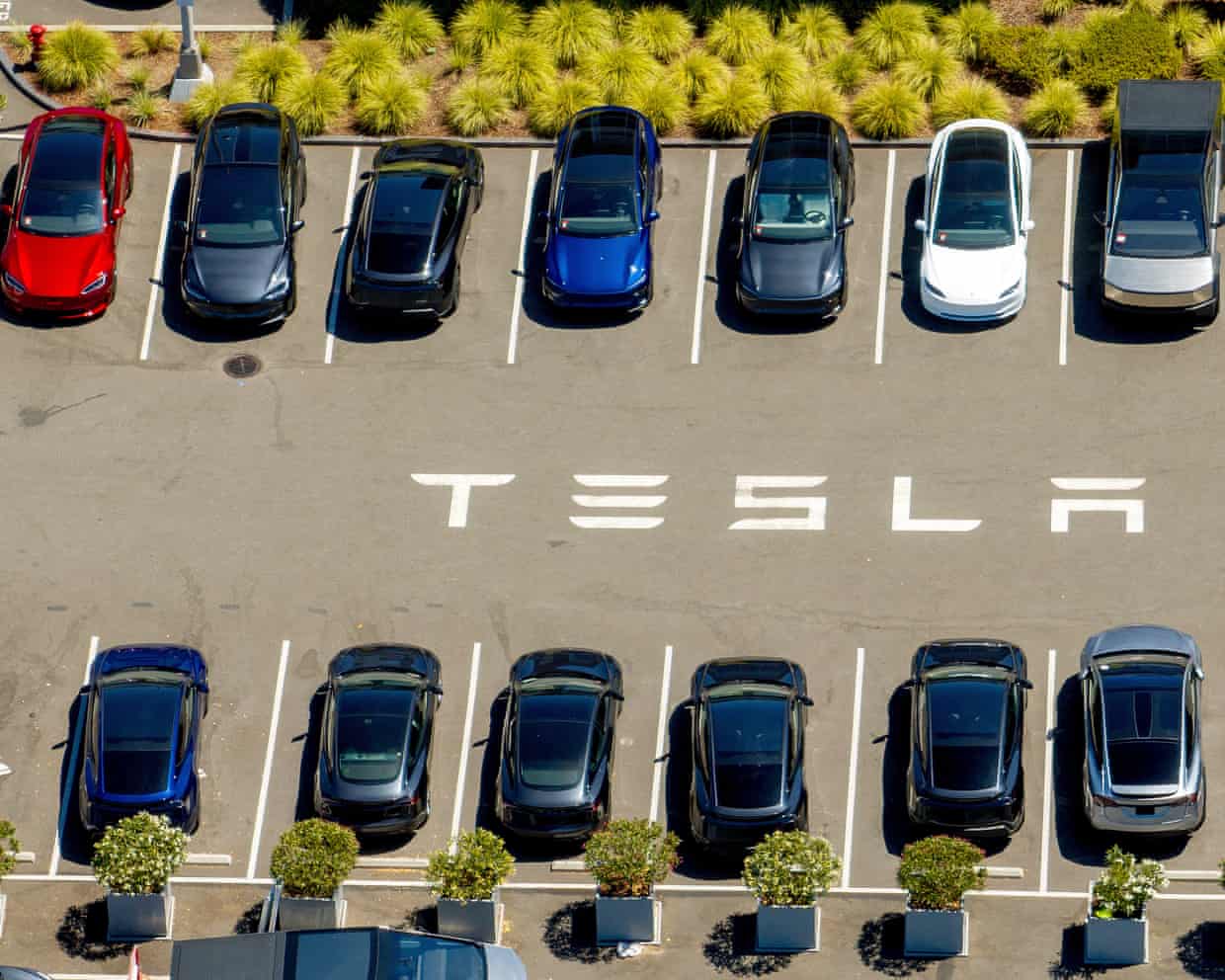
Tesla reports steep drop in profits despite US rush to buy electric vehicles
Despite record vehicle sales, Tesla saw a precipitous drop in profit in its most recent quarter.A rush to buy electric vehicles before a US tax credit for them disappears had boosted Tesla’s flagging sales, leading to the automaker exceeding some of Wall Street’s projections in its most recent financial quarter. Yet the company failed to meet earnings expectations and its stock fell in after-hours trading.Tesla reported third-quarter earnings of $0.50 a share on Wednesday after market close, less than the $0
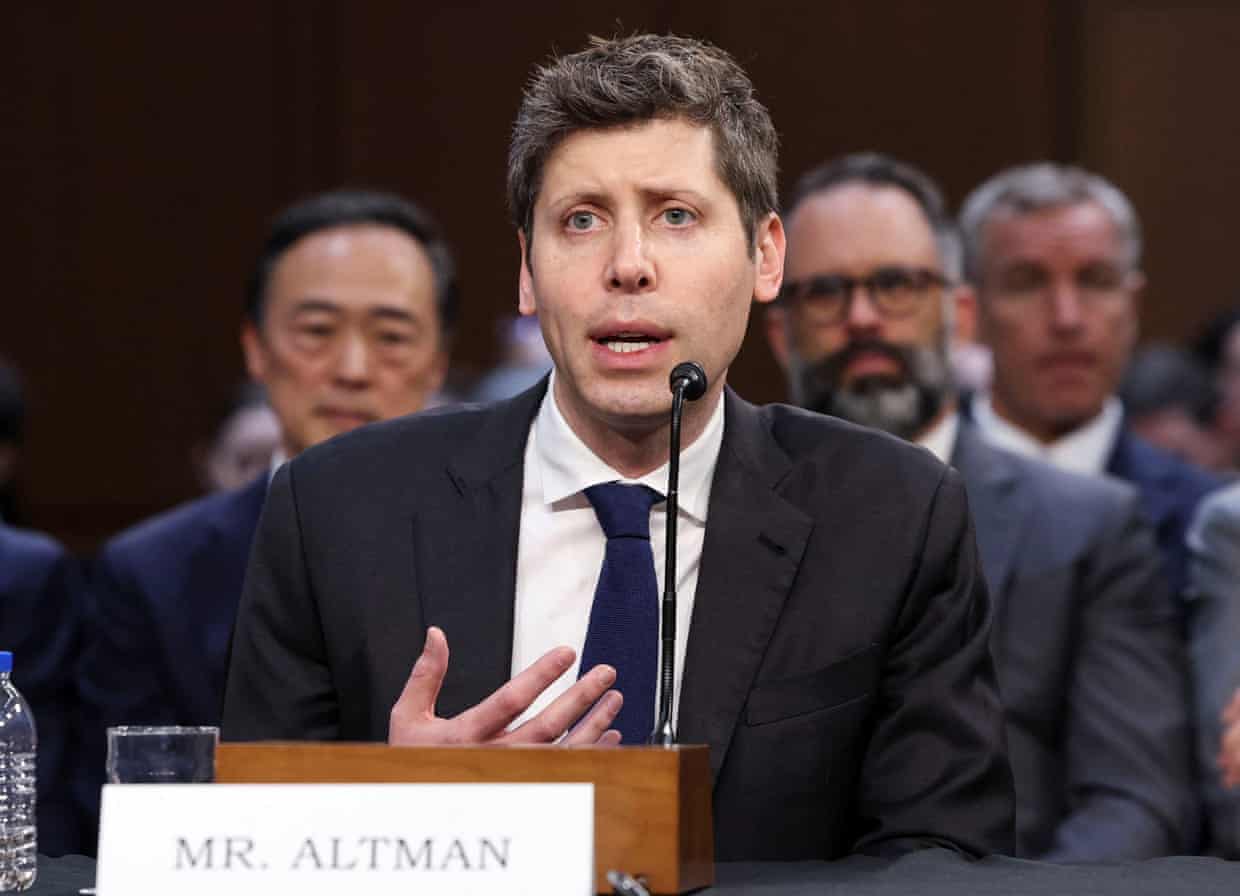
OpenAI relaxed ChatGPT guardrails just before teen killed himself, family alleges
The family of a teenager who took his own life after months of conversations with ChatGPT now says OpenAI weakened safety guidelines in the months before his death.In July 2022, OpenAI’s guidelines on how ChatGPT should answer inappropriate content, including “content that promotes, encourages, or depicts acts of self-harm, such as suicide, cutting, and eating disorders”, were simple: the AI chatbot should respond, “I can’t answer that”, the guidelines read.But in May 2024, just days before OpenAI released a new version of the AI, ChatGPT-4o, the company published an update to its Model Spec, a document that details the desired behavior for its assistant. In cases where a user expressed suicidal ideation or self-harm, ChatGPT would no longer respond with an outright refusal. Instead, the model was instructed not to end the conversation and “provide a space for users to feel heard and understood, encourage them to seek support, and provide suicide and crisis resources when applicable”
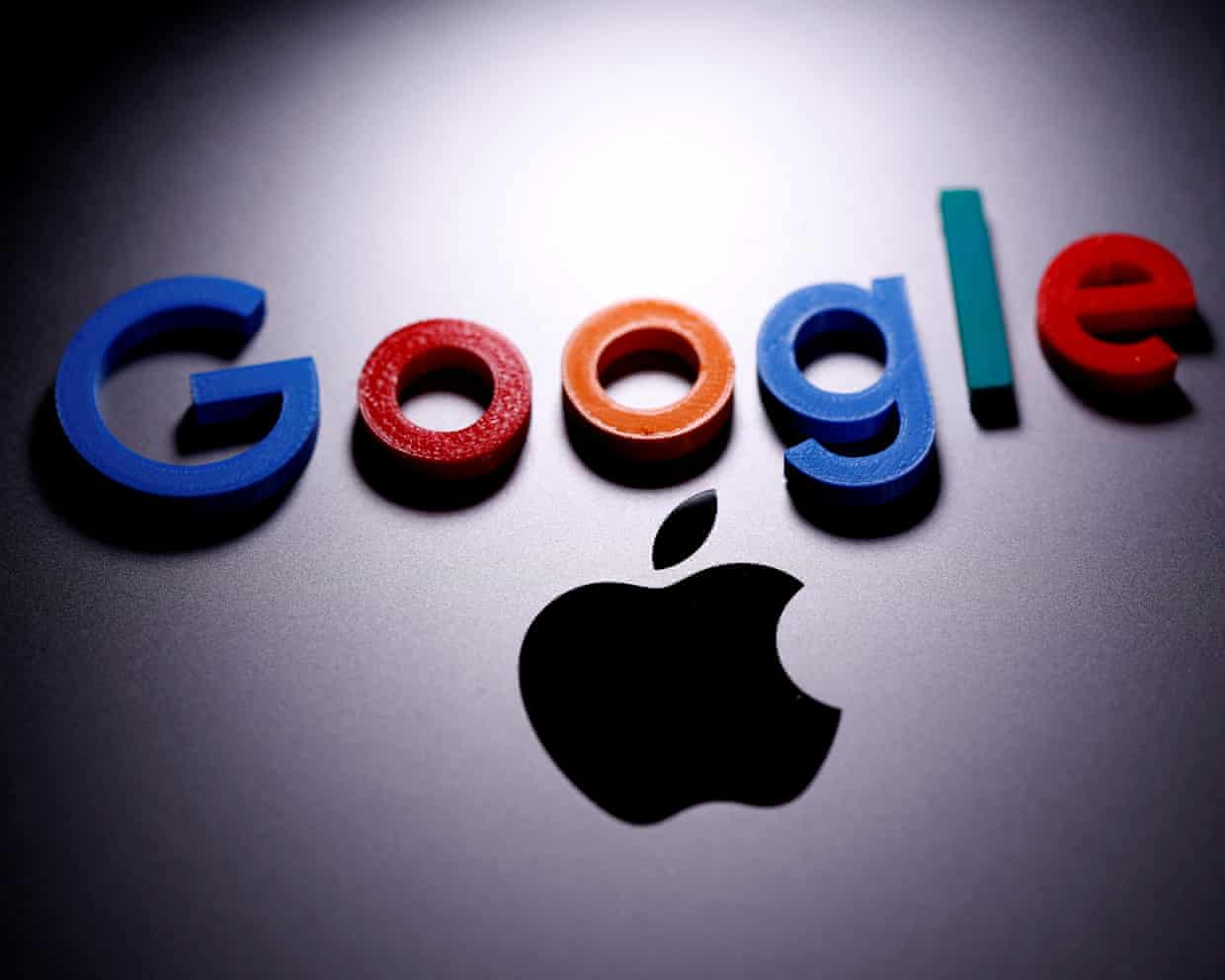
Apple and Google face enforced changes over UK mobile phone dominance
Google and Apple face enforced changes to how they operate their mobile phone platforms, after the UK’s competition watchdog ruled the companies require tougher regulatory oversight.The Competition and Markets Authority has conferred “strategic market status” (SMS) on the tech firms after investigating their mobile operating systems, app stores and browsers. It means Apple and Google will be subjected to tailormade guidelines to regulate their behaviour in the mobile market.The CMA said the two companies have “substantial, entrenched” market power, with UK mobile phone owners using either Google or Apple’s platforms and unlikely to switch between them. The regulator flagged the importance of their platforms to the UK economy and said they could be a bottleneck for businesses
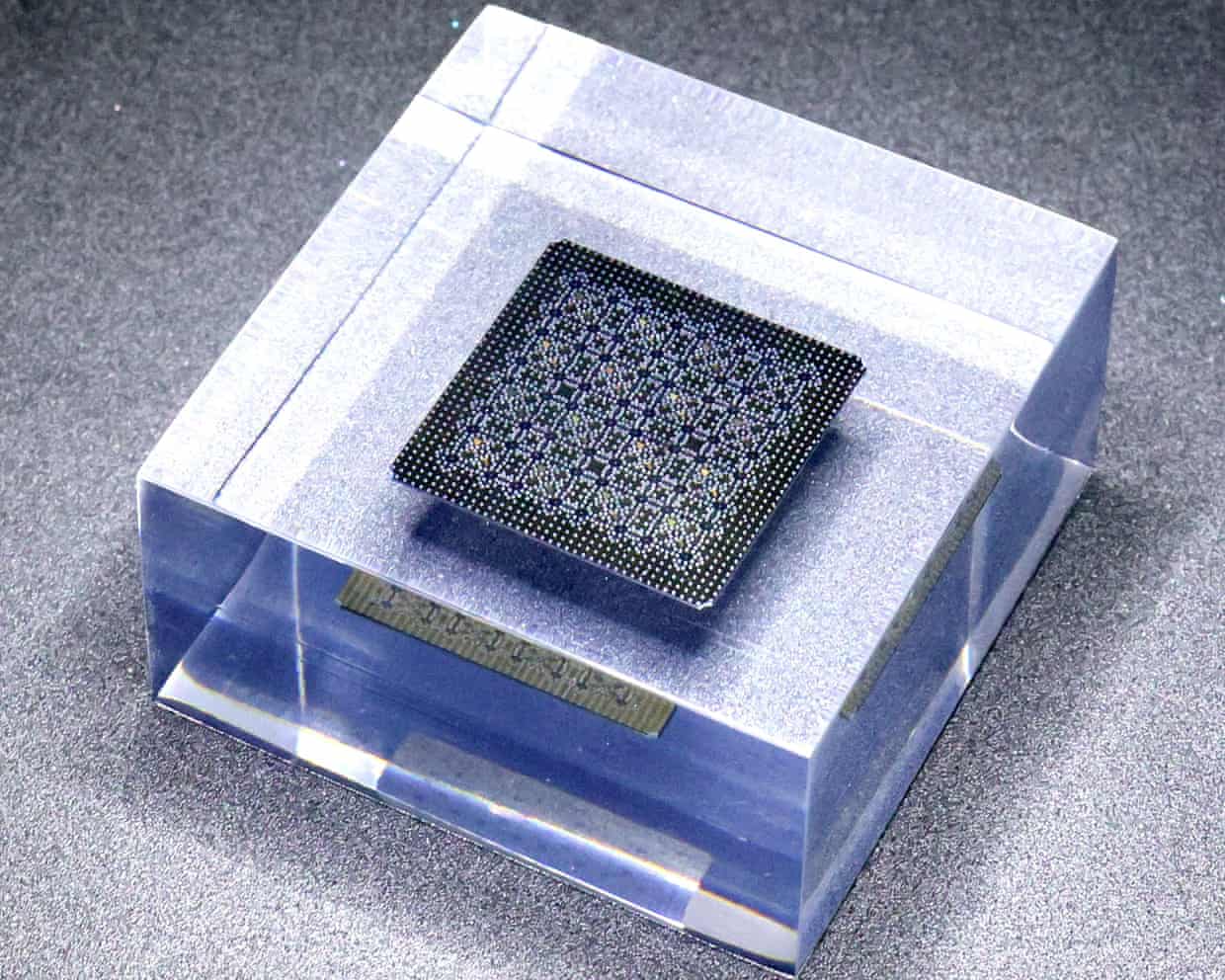
Google hails breakthrough as quantum computer surpasses ability of supercomputers
Google has claimed a breakthrough in quantum computing after developing an algorithm that performed a task beyond the capabilities of conventional computers.The algorithm, a set of instructions guiding the operation of a quantum computer, was able to compute the structure of a molecule – which paves the way for major discoveries in areas such as medicine and materials science.Google acknowledged, however, that real-world use of quantum computers remained years away.“This is the first time in history that any quantum computer has successfully run a verifiable algorithm that surpasses the ability of supercomputers,” Google said in a blogpost. “This repeatable, beyond-classical computation is the basis for scalable verification, bringing quantum computers closer to becoming tools for practical applications
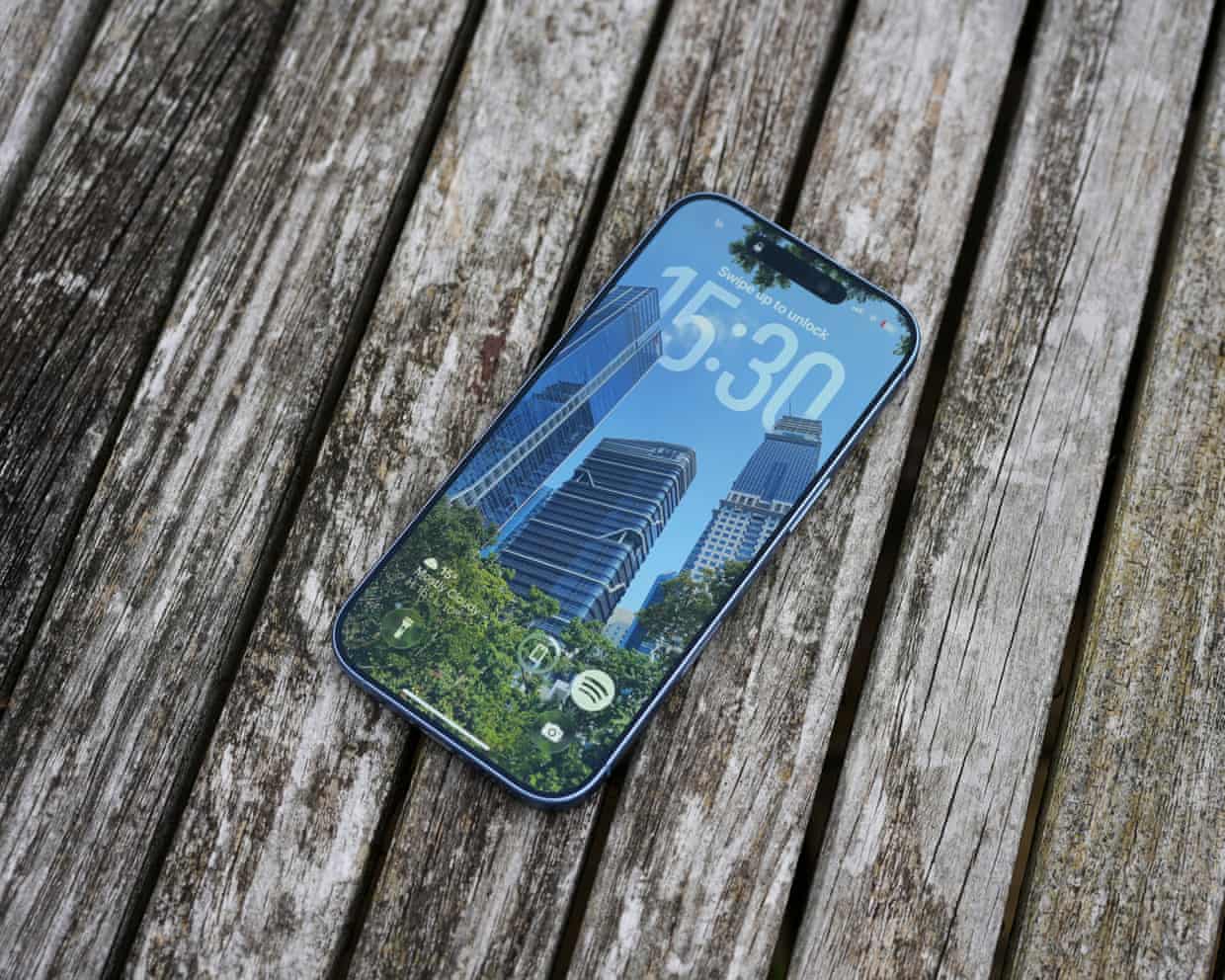
iPhone 17 review: the Apple smartphone to get this year
It may not look as different as the redesigned Pro models this year or be as wafer thin as the new iPhone Air, but the iPhone 17 marks a big year for the standard Apple smartphone.The Guardian’s journalism is independent. We will earn a commission if you buy something through an affiliate link. Learn more.That’s because Apple has finally brought one of the best features of modern smartphones to its base-model flagship phone: a super-smooth 120Hz screen
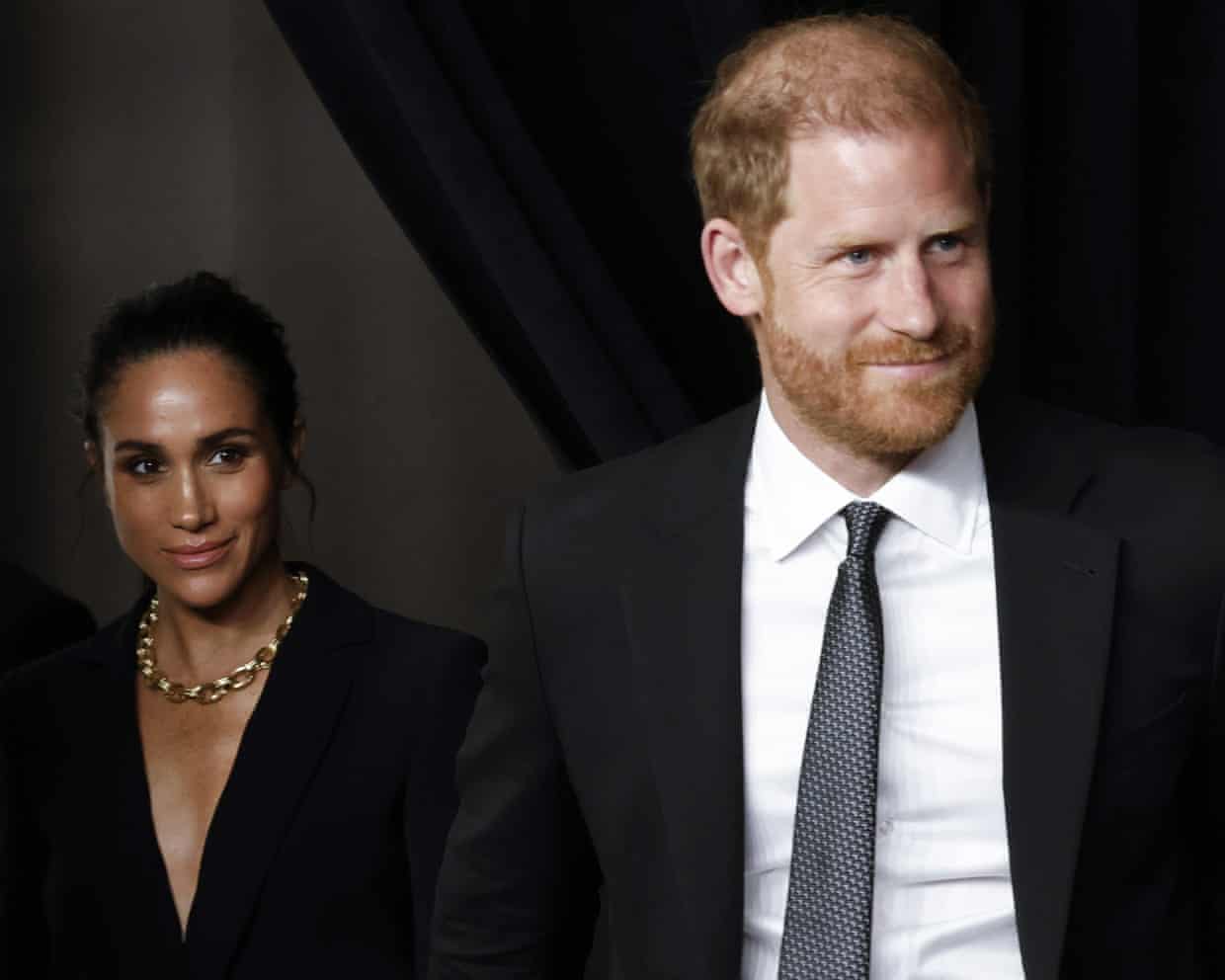
Harry and Meghan join AI pioneers in call for ban on superintelligent systems
The Duke and Duchess of Sussex have joined artificial intelligence pioneers and Nobel laureates in calling for a ban on developing superintelligent AI systems.Harry and Meghan are among the signatories of a statement calling for “a prohibition on the development of superintelligence”. Artificial superintelligence (ASI) is the term for AI systems, yet to be developed, that exceed human levels of intelligence at all cognitive tasks.The statement calls for the ban to stay in place until there is “broad scientific consensus” on developing ASI “safely and controllably” and once there is “strong public buy-in”.It has also been signed by the AI pioneer and Nobel laureate Geoffrey Hinton, along with his fellow “godfather” of modern AI, Yoshua Bengio; the Apple co-founder Steve Wozniak; the UK entrepreneur Richard Branson; Susan Rice, a former US national security adviser under Barack Obama; the former Irish president Mary Robinson, and the British author and broadcaster Stephen Fry

Oil price jumps and FTSE 100 hits new high after Trump puts sanctions on Russian firms

Dining out ‘under pressure’ as Britons cut back due to price rises, says YouGov
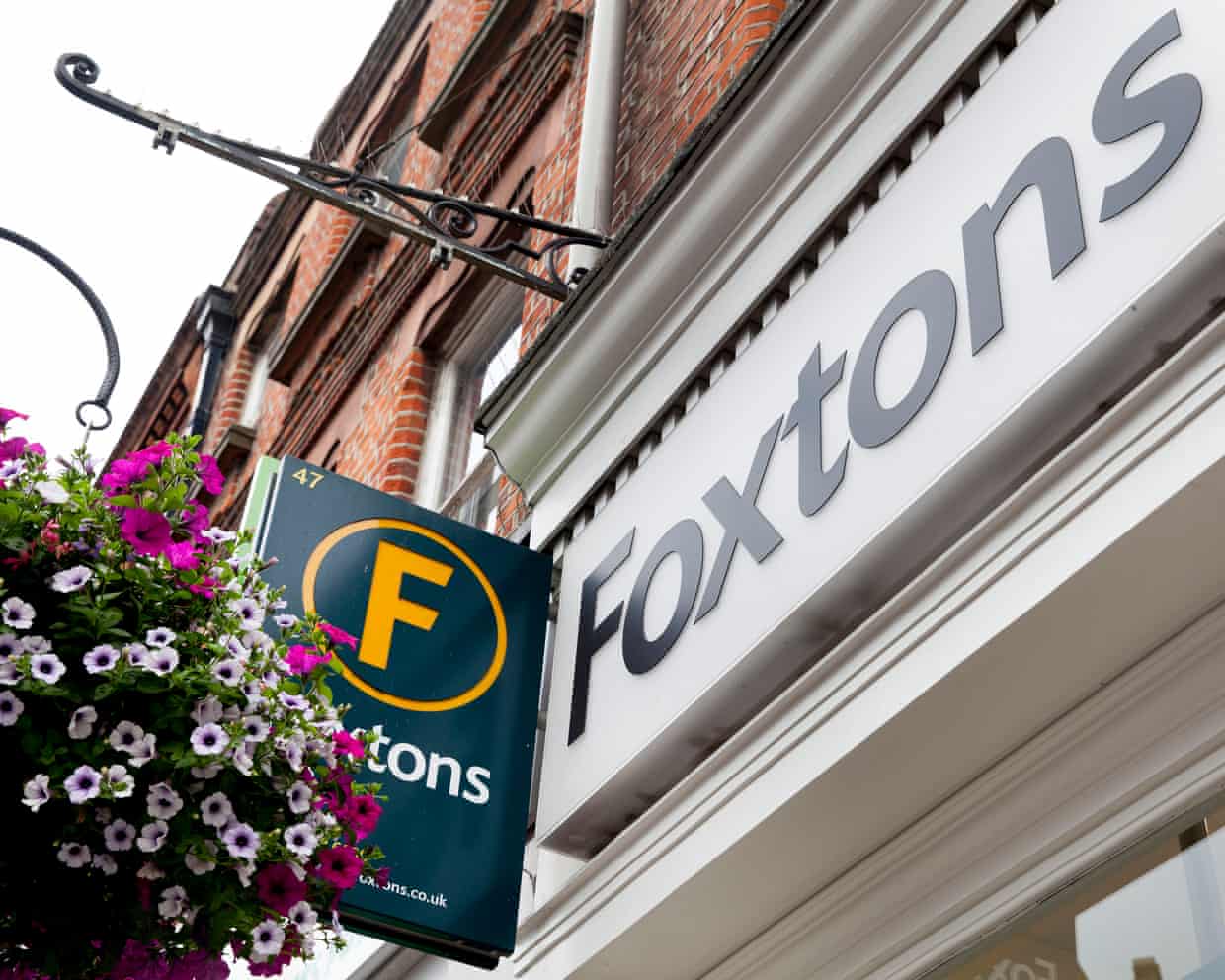
Foxtons shares drop sharply after it warns of ‘subdued’ pre-budget sales

Aerospace groups link up to create European rival to Musk’s SpaceX

Lloyds profits plunge 36% as it feels impact of UK car finance scandal

Thames Water ranked worst supplier in England as firms’ ratings hit record low